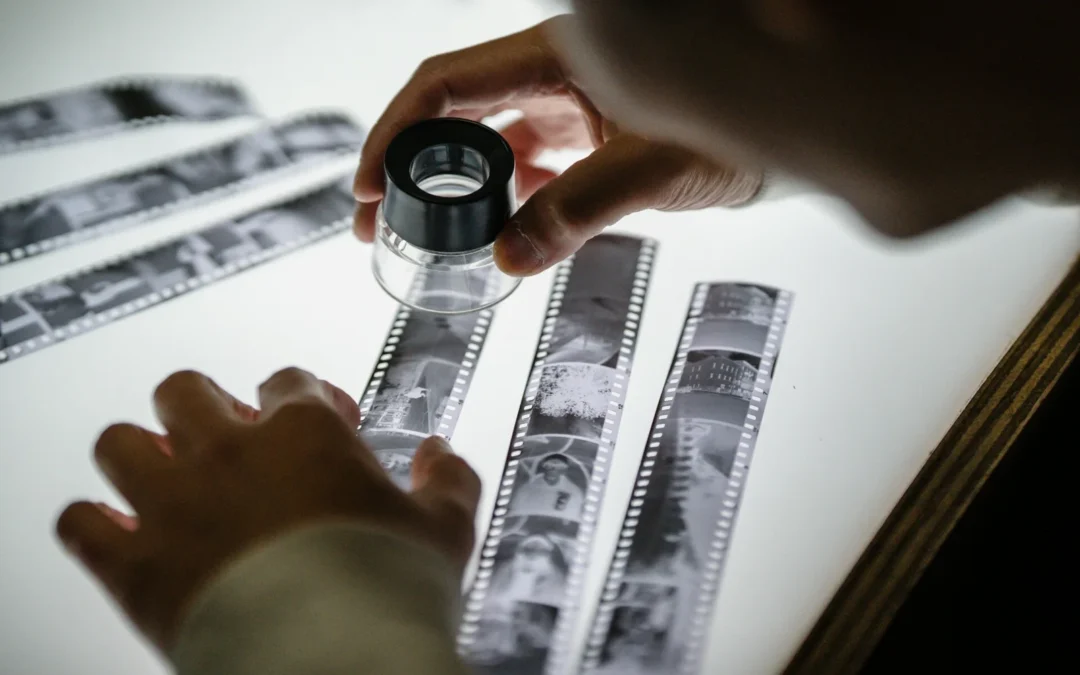The History of Photography: From First Image to Modern Era
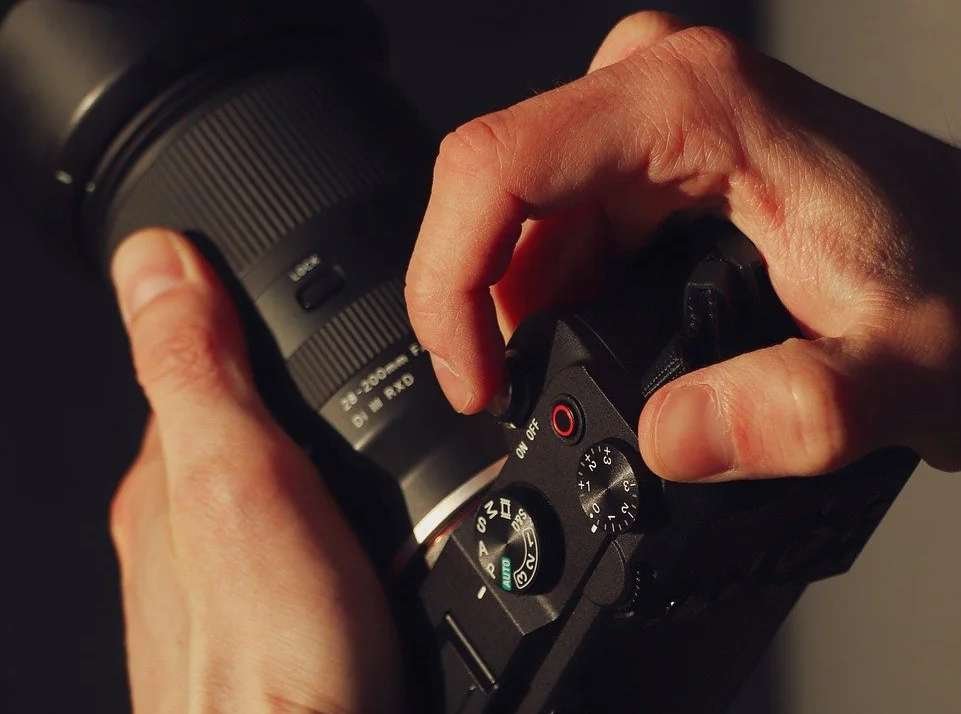
The history of photography is a story of curiosity, innovation, and creativity. At our Photography & Photographic Creative Platform, we explore how photography evolved from early experiments to today’s digital and AI-powered imaging techniques.
Early Innovations in the History of Photography
In 1826, Joseph Nicéphore Niépce captured the world’s first successful image using a process called “heliography” and a camera obscura. The exposure took eight hours and produced a faint, blurred photograph.
Soon after, Louis Daguerre developed the daguerreotype in 1839. This innovation reduced exposure time and delivered sharper images on silvered copper plates — a major milestone in the history of photography.
Mass Adoption: From Daguerreotypes to Roll Film
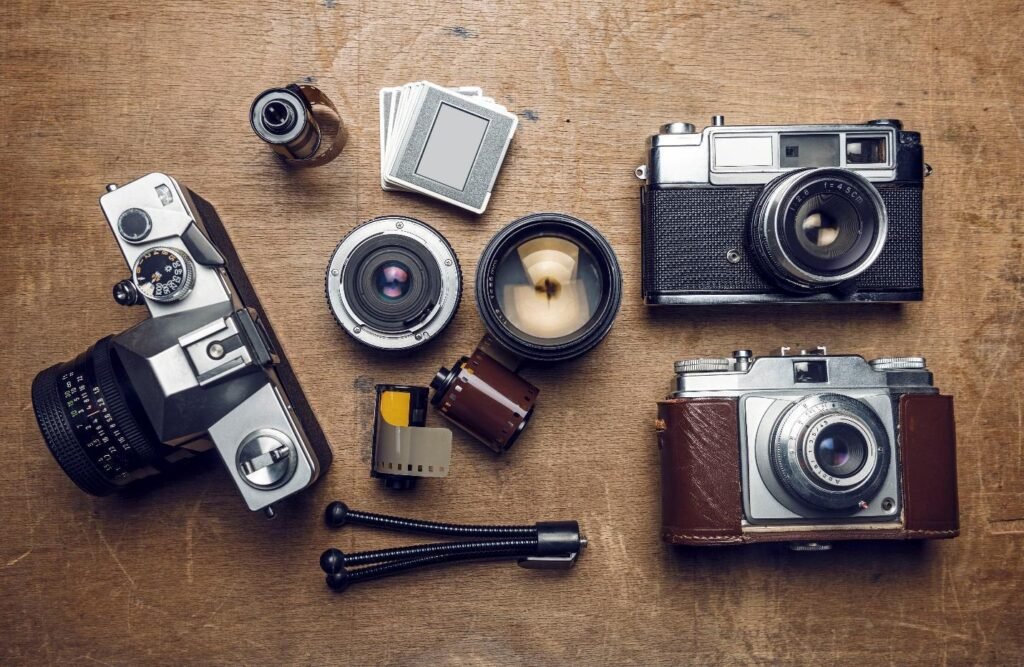
In 1841, Henry Fox Talbot introduced the calotype, a paper-negative process allowing multiple prints. This innovation made photography more practical for sharing images widely.
By the 1880s, George Eastman revolutionized photography with roll film and the Kodak camera. His famous slogan, “You press the button, we do the rest”, made photography accessible to the general public.
Color Photography and the Rise of Digital Technology
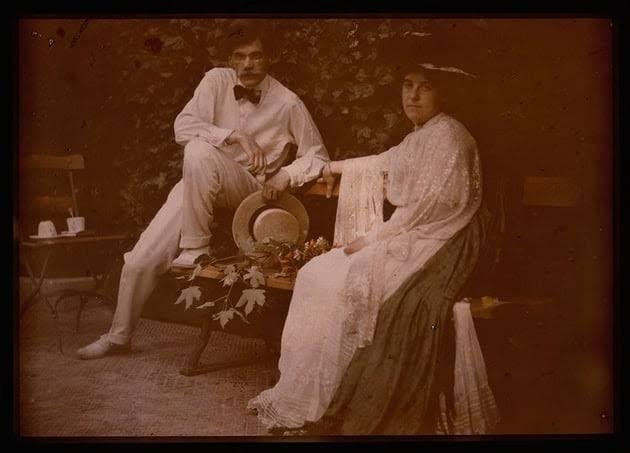
In 1907, Autochrome introduced the first widely available color process, bringing vibrant tones to photography. Around the same time, innovators like Eadweard Muybridge pioneered motion studies, influencing cinema and visual storytelling.
In 1948, Polaroid cameras enabled instant photo development, giving users immediate results. Then in 1975, Steven Sasson at Kodak created the first digital camera, marking the beginning of digital photography’s widespread adoption.
The Smartphone Era and Photography for Everyone
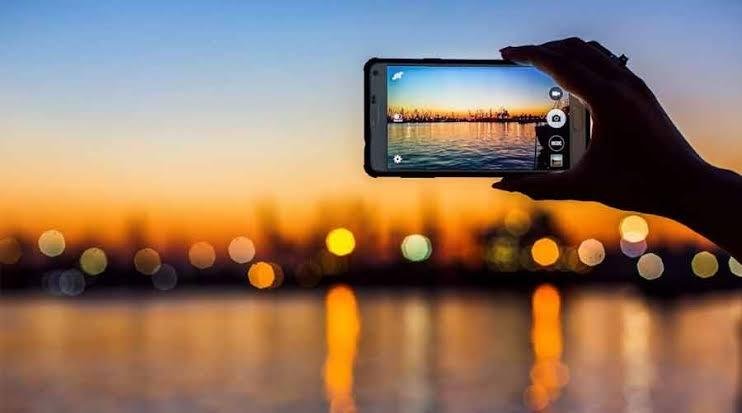
Today, smartphones put advanced cameras in everyone’s pocket. Platforms like Instagram and Snapchat have turned photography into a daily communication tool, letting people share moments instantly across the globe.
Modern image-making also benefits from editing apps, filters, and AI-based enhancements. While technology has evolved, the essence of photography remains: capturing emotions, perspectives, and stories.
AI, VR, and the Future of Photography

The future of photography is shaped by artificial intelligence and computational photography, which can enhance images automatically, correct exposure, and even generate realistic visuals from scratch. Virtual and augmented reality (VR/AR) offer immersive experiences, letting users “walk into” images or overlay historical photos on present-day scenes.
Conclusion
The history of photography highlights human creativity and innovation over centuries. From early blurred images to today’s high-resolution digital and AI-driven photography, the art of capturing moments continues to evolve. At the Photography & Photographic Creative Platform, we celebrate this evolution and aim to inspire new generations of visual storytellers.

